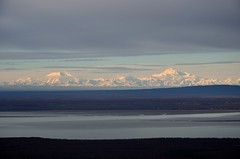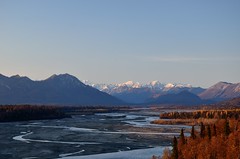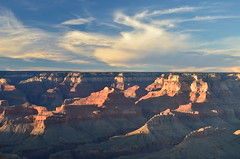Not only has the state of Minnesota record surface low pressure been shattered, now the second lowest non-tropical (extratropical) surface pressure has been set for the Lower 48.
KFOZ recorded 955.2 hpa earlier in the afternoon. The old record for MN was 962.7 hpa, set November 10, 1998.
| KFOZ 262213Z AUTO 06005KT 5SM -RA OVC005 11/10 A2820 RMK AO2 P0004 | |
Analysis at a later date, but a few initial thoughts.
First, the deepness of the surface low (yes, deepness, intensity is related to the pressure gradient, not the actual central pressure) caught everyone off-guard, including the numerical guidance. It is rare when the models consistently underestimate the surface pressure as the system is underway. Usually the model data assimilation system and objective analysis, in the presence of sufficient observations (as is the case over northern MN), can “nudge” the model analysis towards reality. This did not happen with this storm. Looking at this system from start to this point, the models consistently underestimated the strength of the jet stream. Observed satellite winds over the Pacific were as high as 205 knots (well above the numerical guidance) and 190 knots over the mainland, also above guidance. Even as the system ejected into the plains, the observed satellite wind speeds exceeded the numerical guidance, sometimes by quite a bit (see previous post). Preliminary evidence seems to suggest this was a likely contributor to the underestimation of this storm by the numerical guidance.
The big question to answer is why, with the presence of satellite derived winds and RAOB data suggesting otherwise, were the data assimilations systems of the various models unable to incorporate these features better in their analysis?
Final thought. This storm has been an epic example of how powerful baroclinic waves act to enhance and develop their own baroclinic zones by increasing the thermal gradients over large regions as opposed to simply developing over regions of existing baroclinity.














